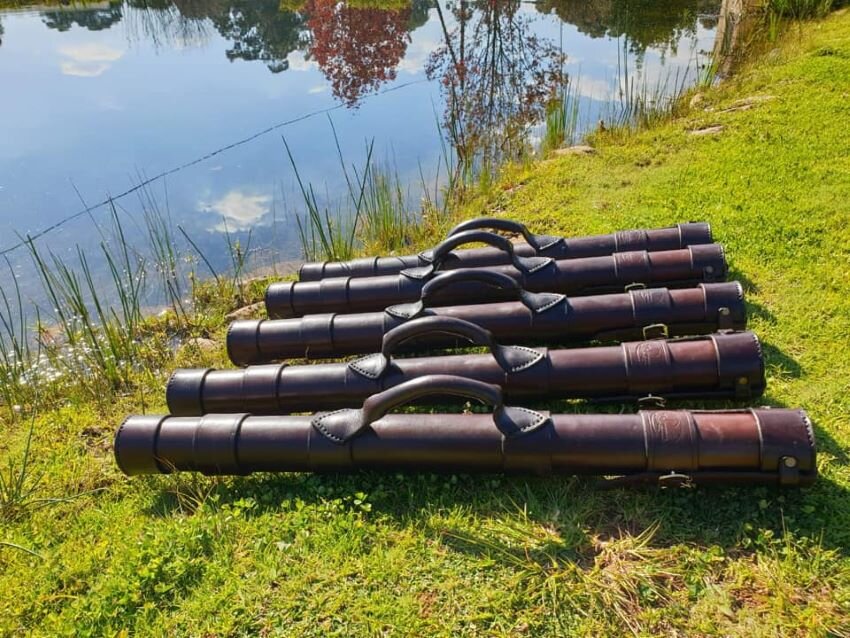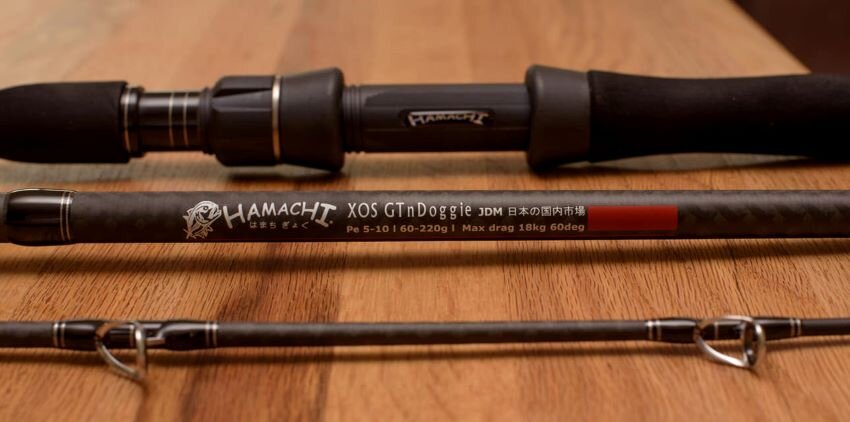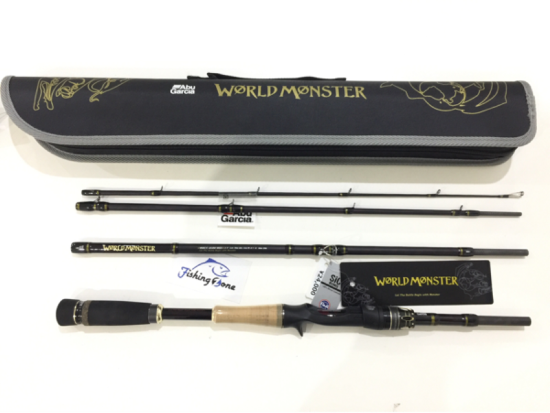Travel Rod Calamity Averted
I’ve flown with a 33-inch travel rod tube to Alaska, to Brazil, and to five countries in southern Africa without incident, but on my most recent trip to El Salto I ran into a situation that required some quick action to avert what otherwise could have been a disaster.
Because I’ve been blogging so frequently about pack rods, I wanted to put some of them to the test on El Salto, so I packed three of them in my Sage tube and prepared to carry them onboard. On our flights from DC to Dallas and then on to Mazatlan, I had no issues. I put them through the scanner and the TSA agents did not give them a second look. On the way home, however, things were not so easy.
Upon being dropped off by the Anglers Inn van driver at the Mazatlan airport, we went to the desk, checked in and dropped off our suitcases. Next, we headed to the generalized upstairs “waiting area” which precedes going through security. As I’ve written before, I strongly recommend waiting here as long as reasonably possible because the final post-security waiting room is crowded, stuffy and has limited amenities. Before going upstairs, we had to show a uniformed agent our medical affidavits attesting that to the best of our knowledge we had not been exposed to COVID or exhibited symptoms indicating that we had the virus.
About 15 minutes before our plane was scheduled to board, we made the way to the security checkpoint. My basic carry-on with my reels, CPAP and Kindle were not questioned, but the woman operating the scanner took issue with my rod tube. In my broken Spanish and her more limited English I came to understand that fishing rods would not be permitted in carry-on luggage. I would have to check them. I told Hanna to head to the gate and I would head back to American’s ticket counter.
Fortunately, after making the long haul back the line was short, and the desk agent understood my plight. “How do you want to pay for this?” she asked. I explained that American Airline’s baggage policy allows one rod tube and one tackle bag to count as a single piece of luggage. Unfortunately, Hanna had the receipt for my other bag. After a few minutes of conversation with a supervisor, she agreed to waive the charge and punched a special code into the computer to generate a bag tag. She affixed it to the tube and put it on the conveyor – perhaps never to be seen again?
Now I had to get back to my gate. Prior to the escalator, I once again encountered the woman checking medical forms. Yup, you guessed it, Hanna had mine. She spoke just about zero English but via stressed Spanglish I convinced her that I had already been through and that my wife had the form. I was lucky that she remembered me from an hour earlier. I went to security, got through, and made it back to the gate with a few minutes before the plane started boarding.
In Dallas, we had to gather our luggage and recheck it for the domestic flight back home. The tube showed up, no worse for wear. I considered now keeping it as a carry-on, but that led to two potential complications: First, what if there was some record of it being checked, but it didn’t show up on the next flight. Would that cause some sort of problem? Second, what if Dallas TSA (which had allowed it to go onboard two weeks earlier) said it had to be checked? Could I recheck it at that time? Ultimately I made the decision to send it on to DC under the cabin.
Upon arrival in DC, the tube was one of the last items off the conveyor. I gingerly opened the zipper and was thrilled to find out that all three rods had made it home in one piece --- or rather in three pieces apiece, as that’s how they came.
With a bit of hindsight, I learned a few lessons from this situation:
Each airline may be different in terms of their policy on carrying on rod tubes.
Each country may be different in terms of their policy on carrying on rod tubes.
Within a given country, different cities may be different in terms of their policies on carrying on rod tubes.
It’s always critical to have a backup plan.
Leave enough time at each stage of the process to implement your backup plan.
There’s no use in losing your cool. It won’t get you anywhere.
In a pinch, pay the luggage fee. You may be able to get it refunded, but it’s far better than losing your rods.
Even if you think your rod tube will always be in your possession, pay for one that’s crushproof.
Next time, I will pack my rods more carefully, even if I think that I won’t have to check them. This time each three-piece stick was rubber-banded together. It would have been easy for some unscrupulous person along the way to unzip the case, grab one of them, and head for the hills. That could still happen if they were bundled, but somehow it just seems less likely.
Also, next time I will pad them with socks or bubble wrap. That reduces the chances that someone will inspect them and break one or more while jamming them back into the tube.
All in all, I’m glad this happened. It resulted in no-harm-no-foul and gave me further information to build on going forward.












